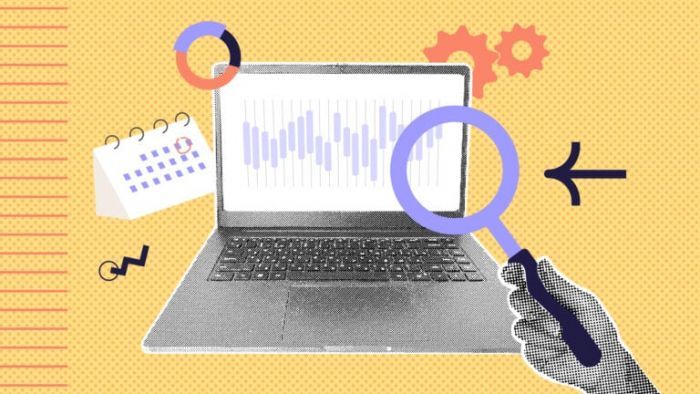Top of the list is guaranteeing workplace safety, but without the appropriate tools, handling risks, accidents, and compliance can rapidly rise above head. Businesses can keep a safe environment by using safety management system software to streamline this process and track safety procedures.
But it is critical to increase efficiency and security to select the right features given the many choices in software available. Here are five important features to look for when selecting the best safety management system software.
1. Incident Reporting
Good safety management systems depend on an incident reporting tool that is easy to use. This enables employees to quickly document any incidents, close calls, or safety threats that might arise.
Tracking incidents precisely is made possible by a basic online form with options for including photos, times, and additional information. Furthermore, the system should alert managers right away so they may act suitably.
Correct incident reporting enables companies to spot patterns and stop further mishaps.

2. Risk Assessment
Risk assessment tools help pinpoint possible hazards before they get issues. A sound safety management system must let users produce risk reports and evaluate weaknesses.
Moreover, it should include a risk ranking system that would judge the level of seriousness linked to each issue. Businesses may use this tool to schedule preventative measures and guarantee staff safety.
3. Compliance Management
An organization can guarantee that it follows all relevant legal and industry safety standards via compliance management. This capability lets you follow changes in corporate rules and safety statutes.
It should also include automatic reminders for tests, training sessions, and safety inspections. Compliance management helps companies lower the chance of lawsuits or penalties.
4. Audit and Inspection Tools
Any successful safety management system includes equipment for keeping track of inspections and scheduling purposes. Also part of this feature is the capacity to compile notes, assign assignments, and generate checklists.
Digital reports make it far easier to identify possible safety issues and react rapidly in consequence. By verifying that every safety rule is observed, periodic checks assist companies in remaining in line with legislation and enhancing workplace safety.
5. Mobile Accessibility
Mobile access in a safety management system lets staff members report problems and get safety information wherever and whenever. This functionality is especially useful for employees based in several locations as warehouses or construction sites.
Using a mobile device-compatible system, workers may transmit reports, review safety protocols, and get current notifications. This not only improves the control of safety but also ensures that important data is always reasonably available.
Have a Safer Work Environment
The appropriate tools help to improve compliance and performance as well as to safeguard workers. Emphasize today's workplace safety and establish a safe environment for everyone.
Post Comment
Be the first to post comment!





